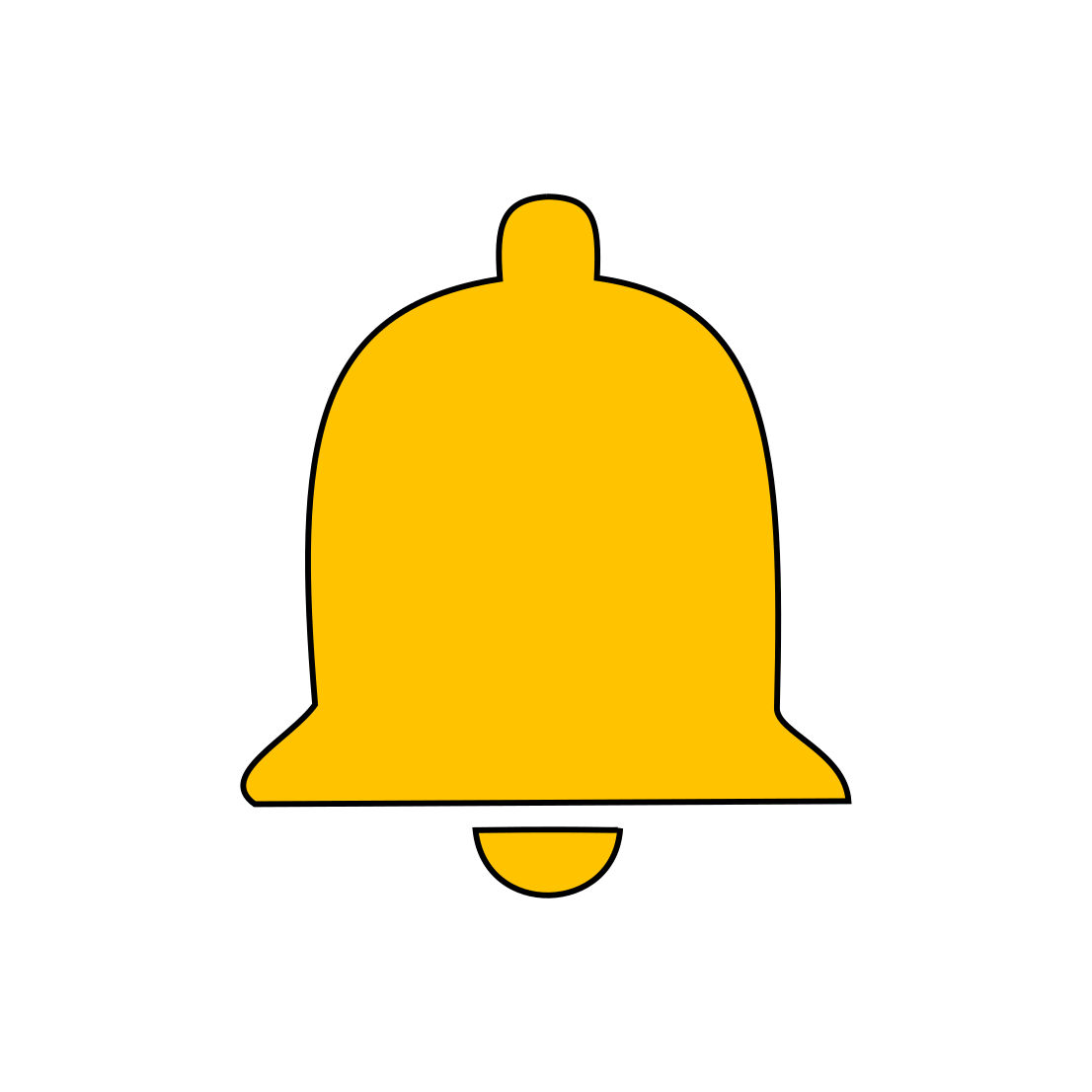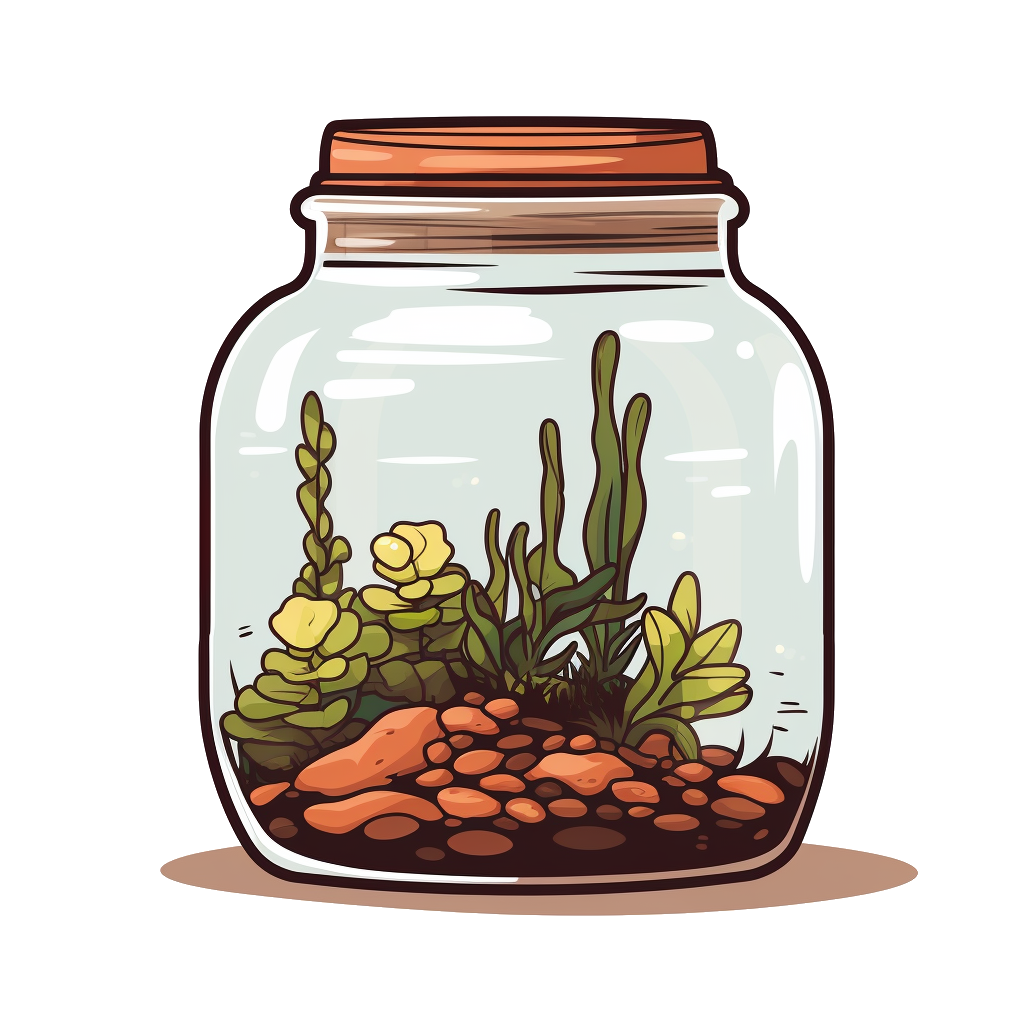Ooh, interesting to learn! I think it is because I only collected a few samples from the wild when I first got my microscope and still had no idea of how prepare the samples or what I was looking it, so if there was a stentor in there I probably did not notice…
I have practiced since then with fresh samples of things that I find around my apartment and things that I culture - and the occasional lichen. Tomorrow I will go find some samples from outside - I will get some biofilm from a pond too and look for stentor.











































Thanks for the details!
That video looks really nice! At first I thought it might be phase contrast, but I see from the description that you got creative. Nice job